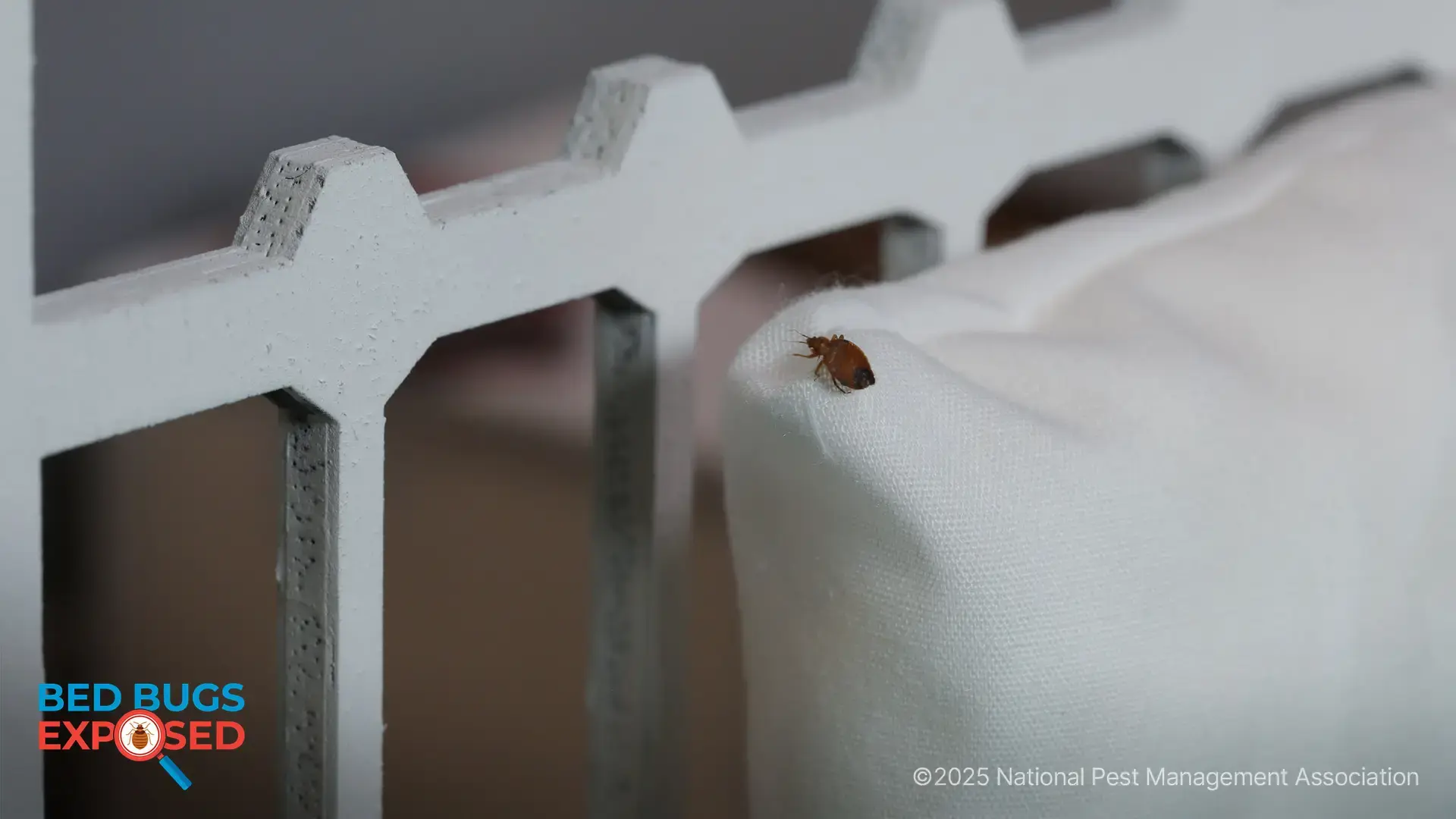Where Do Stink Bugs Hide in a Home?
The brown marmorated stink bug is considered an invasive species after being first introduced to the United States in the mid-1990s from Eastern Asia. This particular species was first discovered in Allentown, Pennsylvania, and has continued to spread across the United States. Although they don’t pose any health threat to humans, they can be a smelly nuisance for homeowners when they get indoors.

Once inside, stink bugs can take over a home. Stink bugs typically search for overwintering sights in the late fall before drastic changes in temperature. They will spend winter hiding inside the walls, attics or crawl spaces of a building, but can sometimes be seen near windows or doors as they first come inside.
Where Do Stink Bugs Hide in Houses?
Inside the home, stink bugs can commonly be found in places like the living room. Finding large groups of dead or alive stink bugs is the number one sign of an infestation. The piles are typically found in sunny areas where the stink bugs have emerged to warm themselves, but it means other stink bugs may be hiding in your home. Once spring arrives, stink bugs will attempt to make their way out of their hiding places to go outside.

To prevent stink bug infestations, experts at NPMA recommend the following:
- Seal as many exterior openings as possible using caulk
- Screen vents in crawl spaces and attics
- Use weather stripping to seal gaps under exterior doors
- Homeowners should also look to certified pest professionals for assistance with an infestation
If you think you may have a stink bug problem, find a local pest control professional now.

Learn About Rodents
Rodents invade millions of homes each winter. Learn more about them!

NPMA's Bug Barometer Forecast
The latest Bug Barometer® forecast from the National Pest Management Association reveals what homeowners across America can expect from pest activity this fall and winter.

NPMA's Bed Bugs Exposed Project
Check out NPMA's Bed Bugs Exposed project to learn more about this hitchhiking pest and how to prevent an infestation at home.
Find a PEST PRO in your area

Learn About Rodents
Rodents invade millions of homes each winter. Learn more about them!

NPMA's Bug Barometer Forecast
The latest Bug Barometer® forecast from the National Pest Management Association reveals what homeowners across America can expect from pest activity this fall and winter.

NPMA's Bed Bugs Exposed Project
Check out NPMA's Bed Bugs Exposed project to learn more about this hitchhiking pest and how to prevent an infestation at home.
